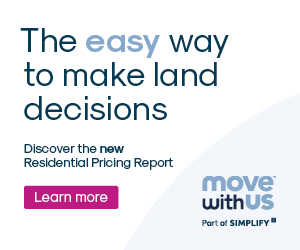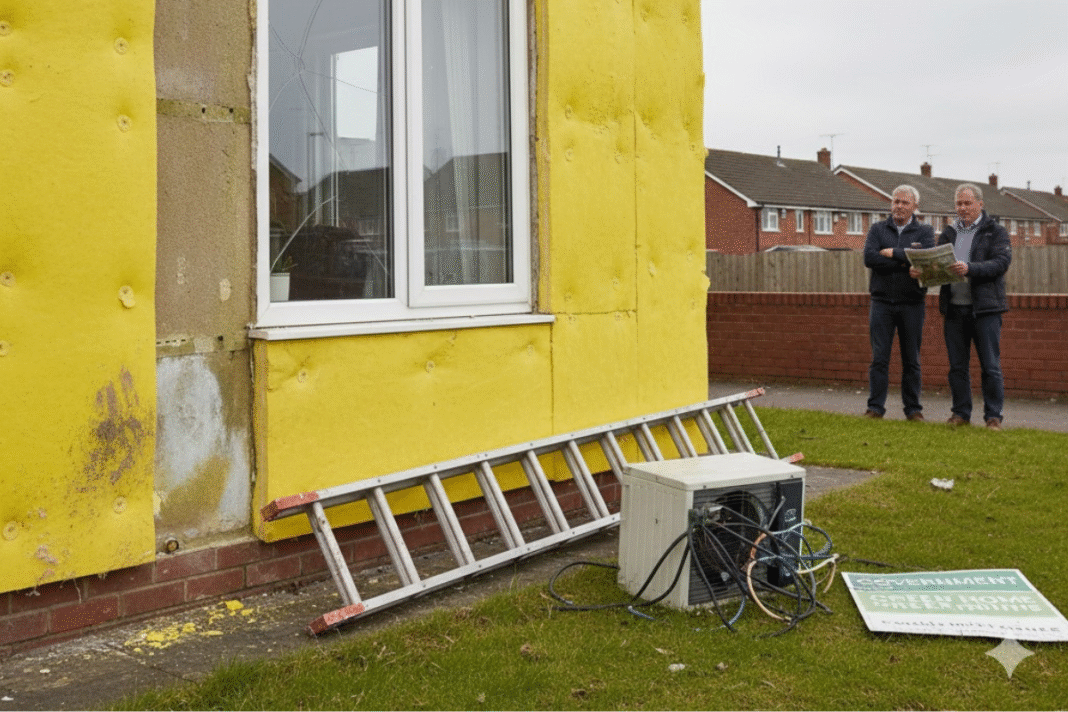The story we are told is that leasehold is a broken system being fixed in orderly stages, leading to a better model of ownership. That sounds good but it just isn’t what’s happening.
What we are actually seeing is a series of disconnected policy pushes – some seemingly driven more by political pressure than long-term strategy – loosely branded as reform.
If you work in the sector, you will know it doesn’t feel like a journey, it feels like improvisation.
The Leasehold and Freehold Reform Act 2024 (LAFRA) was supposed to be a cornerstone. It passed, just, during the pre-election wash-up.
CLEAR INTENTIONS
The intentions were clear: removing the two-year qualification period, extending standard lease terms to 990 years, and abolishing marriage value.
All good headlines, but the substance, most of the meaningful implementation – including capitalisation and deferment rates – has been deferred to secondary legislation, leaving the current government to improvise a meaningful outcome.
Then came the Commonhold White Paper, published in March 2025. It laid out the government’s intent to make commonhold the default tenure and eventually ban new leasehold flats.
Ambitious stuff, but the operational questions remain: how will the transition work? Who funds it? Who manages it? Will lenders engage? What happens to legacy leasehold stock?
SHORT-TERM FIXES
Once again, the outcome is likely to rely on short-term fixes, rather than a fully thought through, all-weather operational model.
The obvious question now is: is anyone in the industry ready?
The reforms are conceptually attractive to some, but structurally incomplete. Lenders remain cautious.
Managing agents are waiting to see what the governance model will actually look like.
Developers are still on the sidelines, whilst Leaseholders, the supposed beneficiaries, are left wondering what any of it means in practice. And if not much, what have they actually gained?
“We were told a Draft Leasehold and Commonhold Reform Bill will be published later in 2025.”
We were told a Draft Leasehold and Commonhold Reform Bill will be published later in 2025.
The smart money says real change, anything enforceable, mortgageable, or buildable, won’t emerge until 2026 at the earliest, and even then, probably in phases.
The housing market won’t move on white papers and consultation. It will move on risk, financing, and operational clarity – and none of those are settled.
BETWEEN A ROCK AND A HARD PLACE
So where does that leave us?
In a system caught between politics and practice, where LAFRA is law, but only barely alive.
Commonhold – whatever that currently means – is now government policy, but not yet viable in the market. Consultations are ongoing while secondary legislation stacks up.
Practitioners are left navigating a structure where expectations far outpace enforceable rights.
If this is a journey, no one seems to agree on the destination – least of all the freeholders, who will have their day in court this July to challenge what they see as interference with their assets.
Yes, there’s progress, but it’s uneven, and the real work is less about abolishing leasehold and more about engineering something that actually works in its place.
Until then, we might be wiser to stay focused on delivery – and work with what we have.










